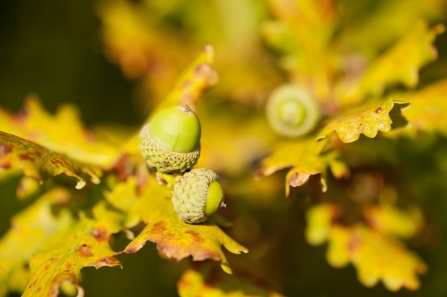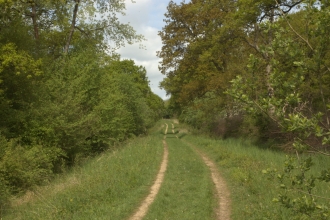Autumn is here with its glorious spectrum of deep warming colours, from yellow through golds and oranges to purples, magenta and reds.
The Finemere Wood volunteers have cut and raked grass endlessly over the summer months and are more than ready to swap their rakes for sharper weapons; the winter work of clearing scrub and trees can begin.
Long Close Meadow, the ancient meadow in the midst of the wood, is the first site to feel the force of the fearsome Finemere volunteers. For too long this feisty group have been held back by rakes.



